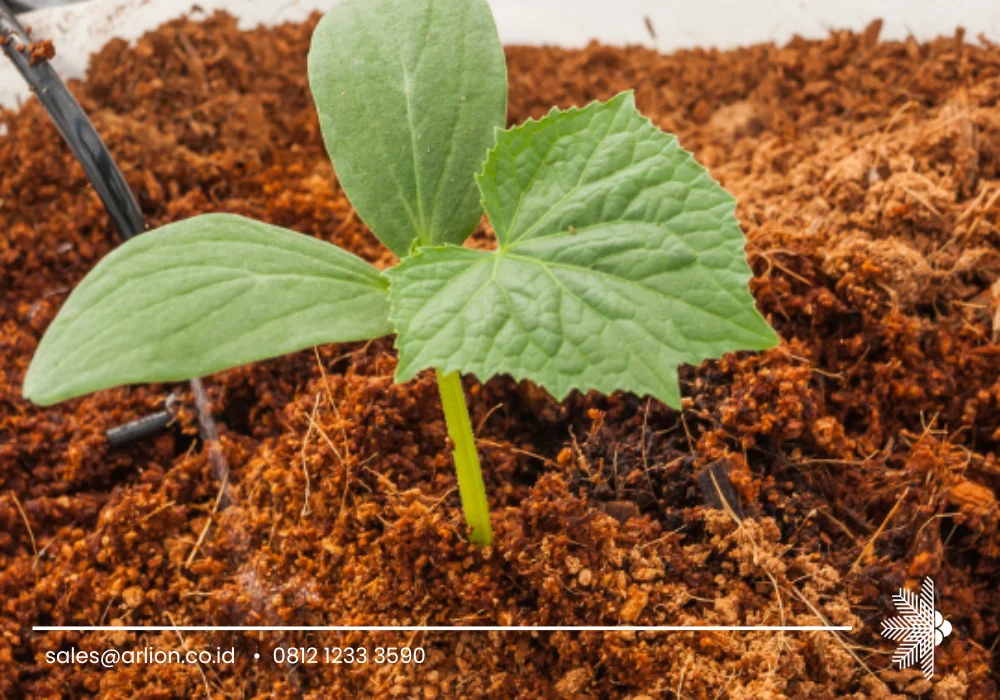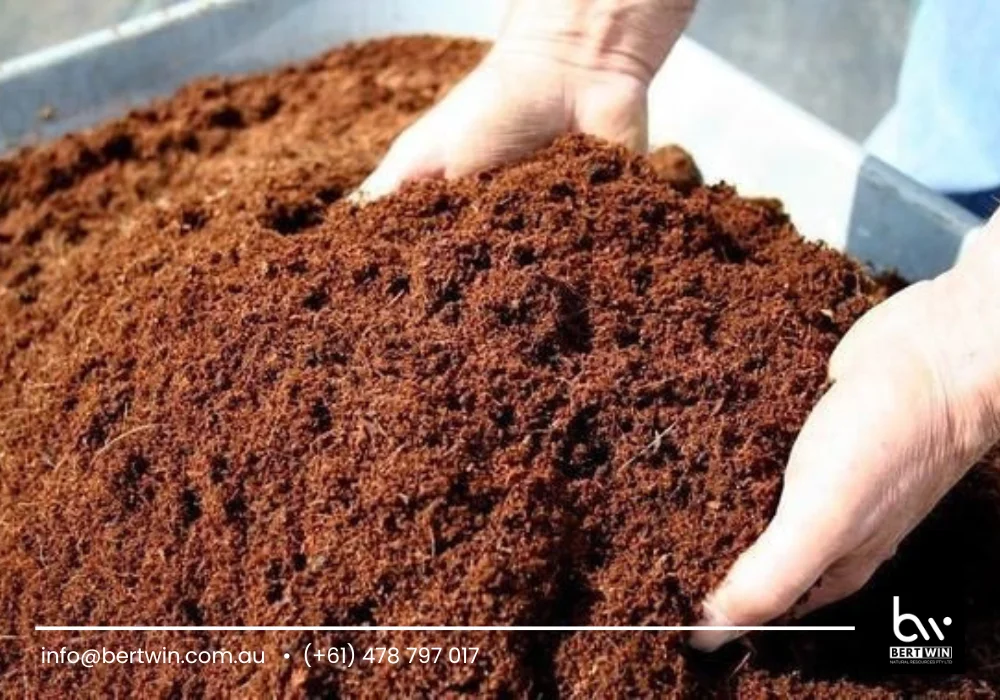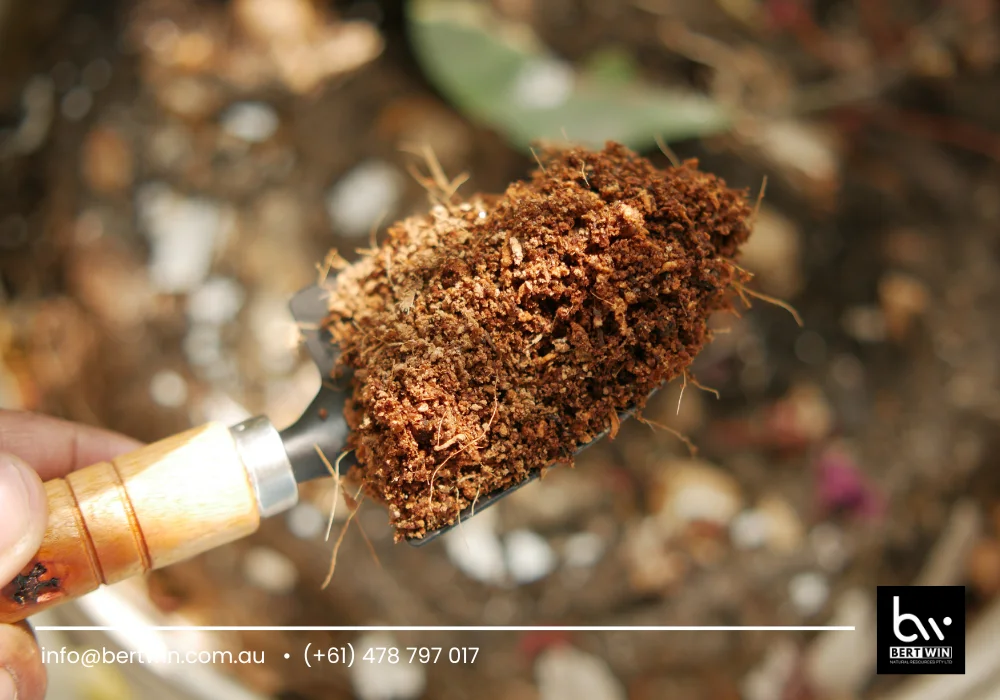How to use coco peat effectively in your garden or agricultural project is a question that many Australian gardeners are asking. Coco peat, a sustainable byproduct of coconut husks, is a natural, biodegradable material that is becoming increasingly popular in gardening and farming due to its exceptional properties. In this article, we will explore the various ways how to use coco peat, its benefits, and how it can be applied to enhance plant growth in Australian conditions.

What is Coco Peat?
Coco peat, also known as coir pith, is a natural fiber extracted from the husk of coconuts. It is highly valued for its water retention capabilities, lightness, and eco-friendly nature. Coco peat is an excellent alternative to peat moss, which is often harvested from endangered bogs. Its sustainability and versatility make it an ideal choice for gardeners and farmers looking for natural solutions.
How to use coco peat depends on your specific gardening needs. It can be used as a soil amendment, potting mix ingredient, or even as a standalone growing medium in hydroponics. The following sections will outline the different ways how to use coco peat in gardening and farming in Australia.
The Benefits of Using Coco Peat
Before we dive into the specific uses, let’s look at some of the key benefits of using coco peat:
- Sustainability: Coco peat is a renewable resource that is biodegradable, making it an environmentally friendly alternative to synthetic products.
- Water Retention: It can hold up to 10 times its weight in water, reducing the need for frequent watering, especially in regions with limited water supply, like many parts of Australia.
- Improved Soil Structure: Coco peat helps aerate the soil, ensuring that plants have access to both nutrients and oxygen.
- pH Neutral: Coco peat is pH-neutral, making it suitable for a wide variety of plants without altering soil acidity.
How to Use Coco Peat in Your Garden

1. As a Soil Amendment
Coco peat is often mixed with soil to improve its structure. If your garden soil is heavy, compacted, or poorly drained, adding coco peat can significantly improve its texture.
- Step 1: Mix coco peat with existing garden soil at a ratio of about 50% coco peat to 50% soil. This ratio may vary depending on the soil type.
- Step 2: Turn the mixture into your garden bed to ensure it is evenly distributed.
- Step 3: Water the area thoroughly to activate the coco peat’s moisture-retaining properties.
This combination improves water retention and aeration, which are essential for healthy plant roots. It also helps reduce the need for frequent watering, making it especially beneficial in drought-prone areas of Australia.
2. In Potting Mix
Coco peat is commonly used as a key ingredient in potting mixes. Its high moisture retention and aeration properties make it an excellent choice for both indoor and outdoor potted plants.
- Step 1: Start with a base of 60% coco peat. This creates a lightweight, moisture-retentive mix.
- Step 2: Add 30% perlite or vermiculite to improve drainage.
- Step 3: Mix in 10% compost or organic matter to ensure the plants get the necessary nutrients.
The mixture provides a well-balanced, nutrient-rich environment that encourages healthy plant growth and reduces the risk of root rot. Coco peat for potting mix is especially effective for succulent plants, orchids, and vegetables.
3. For Seed Starting
Coco peat is ideal for seed starting due to its light texture and high water-holding capacity. It provides the perfect balance of moisture and air for germinating seeds.
- Step 1: Hydrate the coco peat by soaking it in water until it expands.
- Step 2: Fill seed trays or pots with hydrated coco peat.
- Step 3: Plant your seeds as you normally would, ensuring the coco peat stays moist during the germination process.
Coco peat encourages strong root development and minimizes the risk of fungal diseases compared to traditional soil-based seed-starting methods.
4. In Hydroponic Systems
Coco peat is an excellent medium for hydroponic gardening. It is commonly used in systems such as drip irrigation, wick systems, or deep water culture (DWC) to provide a stable growing environment for plants.
- Step 1: Hydrate the coco peat thoroughly before use.
- Step 2: Fill your hydroponic system with the hydrated coco peat, ensuring that it forms a loose, well-drained layer.
- Step 3: Plant your seedlings into the coco peat, ensuring that they receive the proper amount of nutrient-rich water.
The benefits of coco peat in hydroponics include its ability to retain moisture and nutrients, providing consistent support to the plants while allowing for easy root development.
5. For Mulching
Coco peat can also be used as mulch around plants to help retain moisture in the soil, suppress weed growth, and regulate soil temperature.
- Step 1: Spread a 2-3 inch layer of coco peat around the base of your plants.
- Step 2: Water thoroughly to help activate the moisture retention properties.
Coco peat mulch helps keep the soil moist during dry conditions and prevents water from evaporating too quickly, which is especially beneficial in Australia’s hot, dry climate.
How to Prepare Coco Peat for Use

Before using coco peat, it needs to be hydrated. When you purchase coco peat, it typically comes in compressed blocks. Here’s how to prepare it for use:
- Step 1: Place the coco peat block in a large container or wheelbarrow.
- Step 2: Add water gradually, allowing the block to absorb it. The coco peat will expand significantly as it absorbs water.
- Step 3: Once fully hydrated, fluff the coco peat to break up any remaining clumps and ensure it’s ready to use.
Hydrated coco peat can be used for various purposes, including potting mixes, garden soil amendment, or hydroponics. Ensure that any excess moisture is drained if you are using it for applications like seed starting or hydroponics.
Conclusion
How to use coco peat in your garden depends on your specific needs, but its versatile nature makes it a valuable addition to any gardening or farming operation in Australia. Whether you’re improving soil structure, creating potting mixes, or growing plants in hydroponic systems, coco peat provides a sustainable, cost-effective solution for gardeners looking to improve plant growth while being environmentally conscious.
For further information, you may contact WhatsApp at (+61) 478797017 or via email at info@bertwin.com.au.
